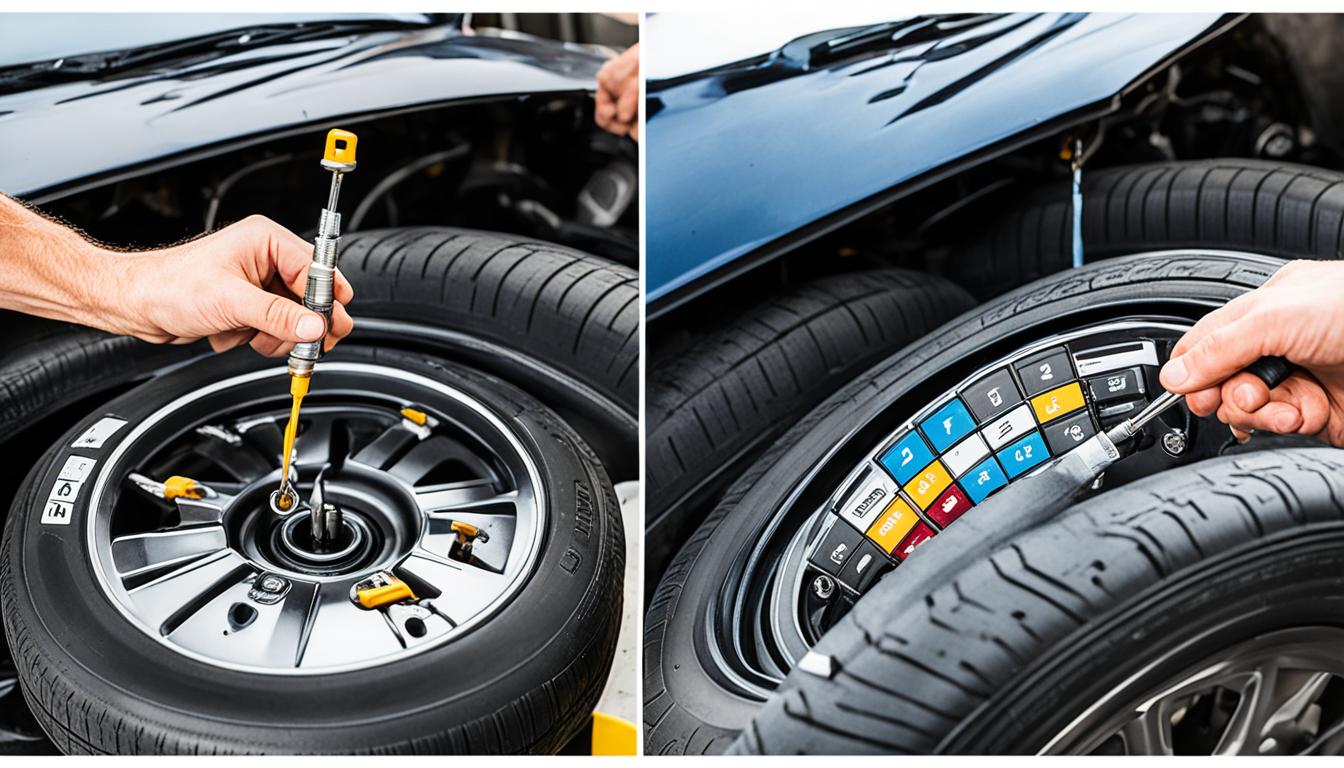All Categories
Featured

The check engine light (CEL) is among the most vital caution systems in your automobile, yet it commonly causes complication or fret for many drivers. Recognizing what this light stands for and exactly how to handle it can conserve you time, cash, and unnecessary stress and anxiety. This guide supplies a review of what causes the CEL, its potential ramifications, and the actions you ought to take when it lights up.
What Does the Inspect Engine Light Indicate? The CEL becomes part of your automobile's onboard diagnostics system (OBD), which checks engine efficiency and discharges. When the system detects a concern that needs your interest., it lights up.
Strong Light: Signals a non-urgent trouble but one that need to be dealt with quickly, such as a sensor malfunction or emissions-related issue. Flashing Light: Suggests an essential concern like an engine misfire. Driving in this problem can cause serious damage, so prompt activity is needed. Usual Causes of the Inspect Engine Light. The CEL can light up for a variety of reasons, some minor and others extra serious. Right here are a few of the most regular reasons:

Loose or Damaged Gas Cap:
A loosened gas cap can endanger the gas system, causing the CEL. Monitoring and tightening the cap is an easy initial step when the light comes on. Faulty Oxygen Sensor:
This sensing unit monitors the air-to-fuel ratio in your engine. A breakdown can reduce gas performance and boost exhausts. Malfunctioning Catalytic Converter:
The catalytic converter helps in reducing dangerous exhaust discharges. Ignoring various other engine problems, like misfires, can lead to catalytic converter damage. Ignition System or Ignition Coil Issues:
These components are necessary for beginning and running your engine efficiently. Routine upkeep can prevent wear and failure. Mass Air Flow Sensing Unit Troubles:
This sensing unit measures the amount of air getting in the engine to guarantee optimal performance. A dirty or defective sensing unit can decrease effectiveness and power. Steps to Take When the Check Engine Light Comes On. Inspect the Gas Cap:
Tighten up the cap and see if the light shuts off after driving a couple of miles. Observe the Automobile's Habits:
Note any kind of uncommon symptoms like rough idling, decreased power, or unusual sounds. Check the Codes:
Make use of an OBD-II scanner to obtain trouble codes saved in your auto's computer system. Several vehicle components shops offer this service free of cost. Go To a Mechanic:

If the light stays on or is flashing, take your lorry to a specialist for a thorough medical diagnosis. Preventing Inspect Engine Light Issues. Aggressive upkeep is the most effective method to avoid CEL issues. Comply with these pointers:
Stick to a Normal Maintenance Arrange: Modification your oil, change filters, and check ignition system promptly. Examine the Gas Cap: Replace harmed caps to avoid leakages in the fuel system. Use Quality Fuel: Poor-quality gasoline can add to sensor and exhausts concerns. Why Prompt Activity Issues. Ignoring the CEL can lead to extra severe issues, such as engine damage or costly repair work. If ignored., a little problem like a loose gas cap can grow out of control right into a major expenditure.
Conclusion. The check engine light is a vital device for preserving your automobile's wellness. By comprehending its purpose and responding promptly, you can stay clear of unnecessary repairs and keep your auto running smoothly. The following time the CEL comes on, bear in mind to remain calm, check the essentials, and consult a professional if needed.
Latest Posts
Why Pick Vinyl Fencing from Washington Fencing
Published Apr 20, 25
1 min read
Don't Disregard These Signs: Is Your Roofing System Attempting to Inform You Something?
Published Apr 20, 25
1 min read
Sophisticated, Resilient Ceramic Tile Flooring for every single Area
Published Apr 19, 25
1 min read
More
Latest Posts
Why Pick Vinyl Fencing from Washington Fencing
Published Apr 20, 25
1 min read
Don't Disregard These Signs: Is Your Roofing System Attempting to Inform You Something?
Published Apr 20, 25
1 min read
Sophisticated, Resilient Ceramic Tile Flooring for every single Area
Published Apr 19, 25
1 min read